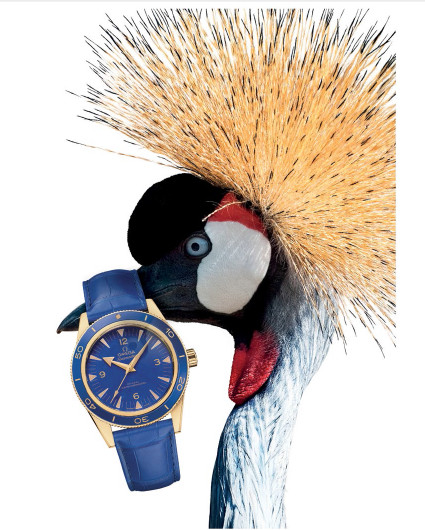With dials made from precious stones originating from space or the earth, these pretty timepieces attract even the attention of our most exotic feathered friends.


HEIGHT OF CRAFT

SHINING HOUR

DARK AND MYSTERIOUS

ON THE MOVE

OUT OF THIS WORLD

GLOW UP

TWIST IN THE TALE

CATCH THE WAVE
Dive watches with blue dials are common, but one with a dial made of lapis lazuli is decidedly rare. Fusing luxurious flamboyance with the sporty style of its dive watch introduced in 1957, Omega’s Seamaster 300 Lapis Lazuli sports a face crafted from the deep-blue metamorphic rock. Powered by an anti-magnetic automatic movement, this 41mm yellow gold watch is water-resistant to 300m.























